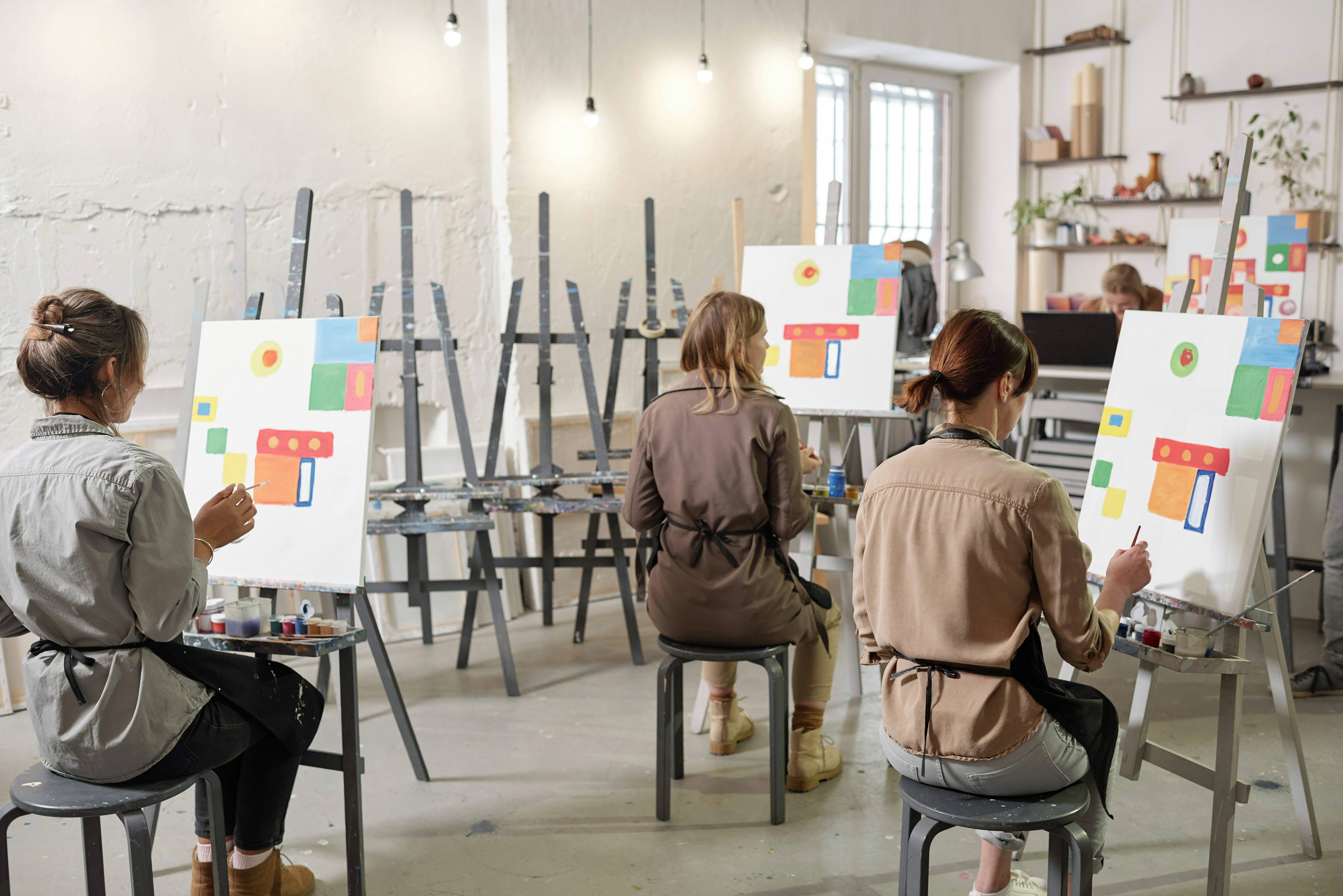
When your creativity is tied to your job, it’s easy to fall into the trap of output over process. Deadlines, feedback cycles, and performance reviews can narrow even the most imaginative work into something efficient and safe, losing the excitement of creativity that may have drawn you to the work in the first place.
That’s why more creatives are turning to analog practices that have nothing to do with their careers. Activities like journaling, collage-making, sculpting, and hand lettering come with no KPIs, no stakeholders, and no need to share. The goal isn’t to produce, it’s to play.
These low-pressure, high-reward forms of making invite experimentation and personal discovery. Mistakes are welcome. And often, the result isn’t a polished portfolio piece, but a quiet sense of satisfaction.
Even in careers built around creativity, burnout is real. It’s easy to envy designers for getting to “be creative” all day, every day. But having to summon creativity on demand can feel draining, especially when every idea is subject to critique or revision. So how do they replenish their creative energy?
We asked Flower Press designers how they step outside the professional grind and reconnect with joy. Here are a few of their favorite strategies:
Visit a Gallery or Museum
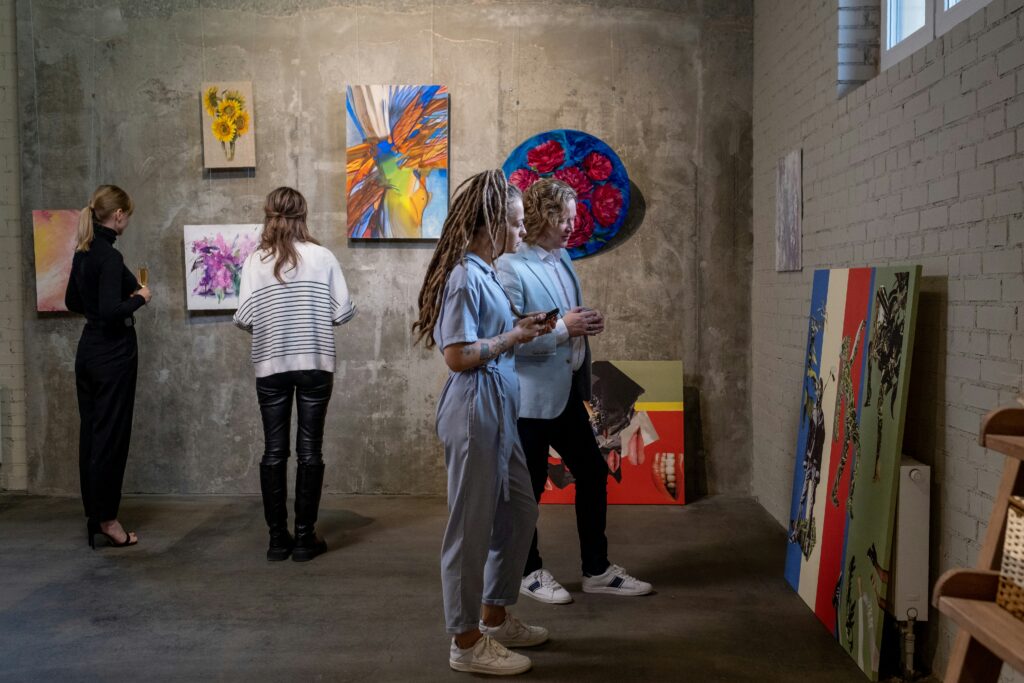
Even the smallest towns have spaces filled with art. Wandering through exhibits of sculptures, textiles, installations, or found objects can spark unexpected inspiration. It’s a chance to absorb creativity without the pressure to respond. Elle Decor names the 10 most striking design museums in the world to add to your to-visit list.
Take a Walk

Whether it’s through nature or an urban exploration, design is evident everywhere in both the natural and built environment. Shapes, colors, textures, and other elements are seen in everything from a fallen leaf to a skyscraper. Simply taking a break and wandering around outside can revitalize the designer brain. Read Alexandra Horowitz’s On Looking for a fascinating exploration of how shifting your attention can reveal the extraordinary details hidden in everyday life.
Join a Class
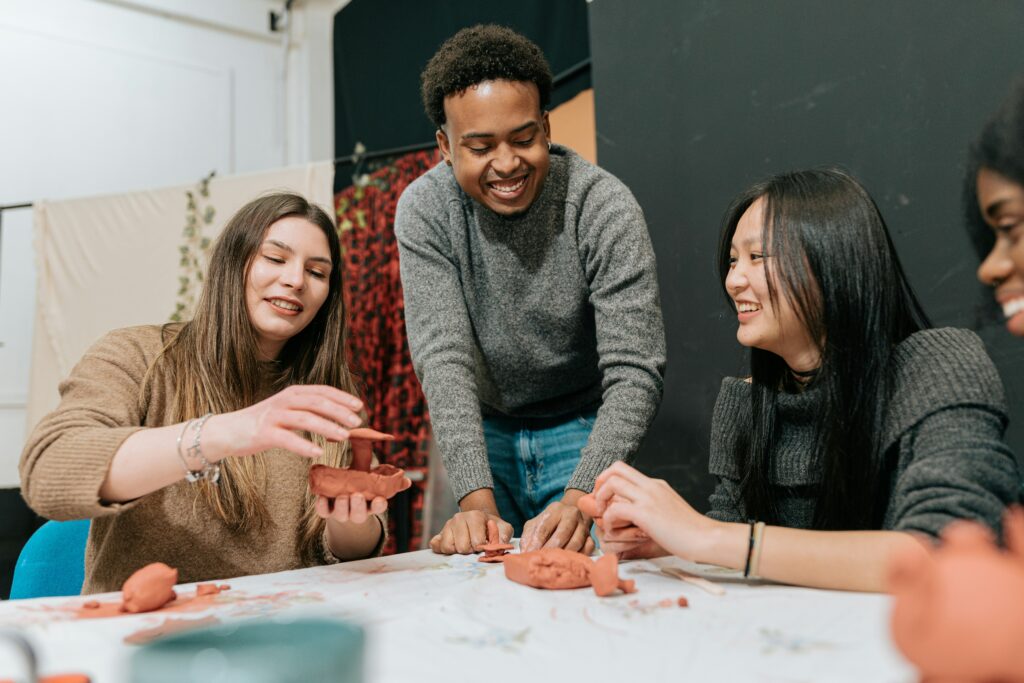
Engaging in a different form of creativity can give your brain a break while teaching it new skills. Taking a pottery class, attending a sip-and-paint, and joining a photography club can all make art and design feel fun and new again. Retailers like Blick have starter kits for a variety of mediums.
Flip Through Print
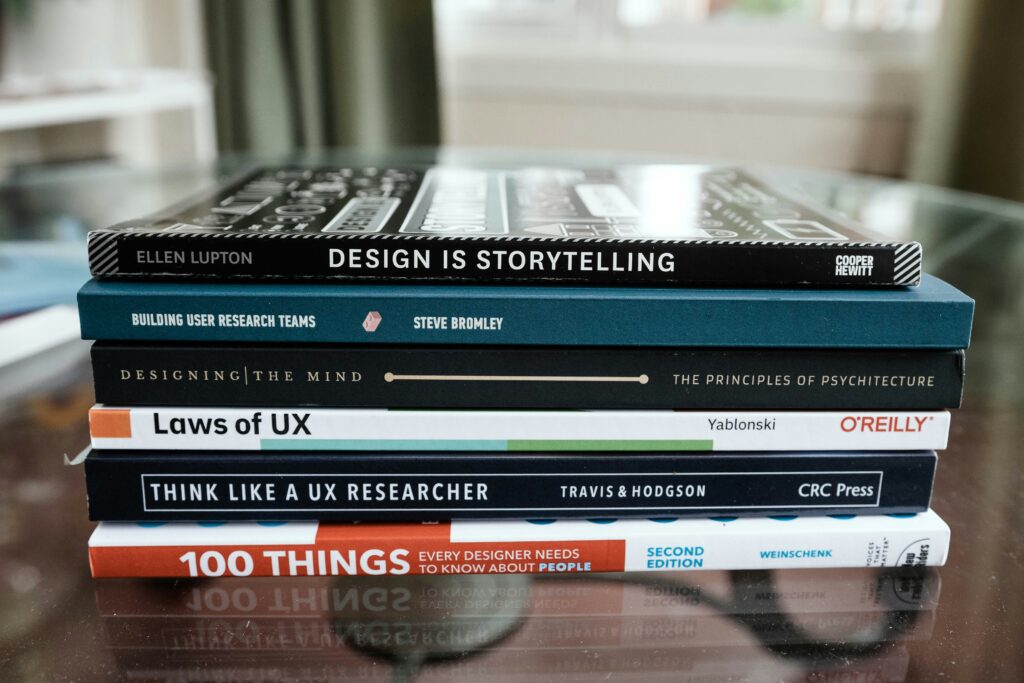
Physical books and magazines offer a slower, more tactile experience than scrolling online. Without digital distractions, it’s easier to focus, and the materiality of print can lead to deeper inspiration. Check out Lummi’s best design magazines for creatives in 2025.
Final Thoughts
Getting back to basics doesn’t mean quitting your job or taking a sabbatical. It means making space for the part of you that existed before your creativity became a deliverable. Here are some more simple offline ideas to help designers stay grounded:
- Morning Pages
Utilize daily handwritten, stream-of-consciousness journaling to clear out mental clutter. - Sketch-a-Day Notebooks
No prompts or rules, just the freedom to draw whatever comes to mind. - Analog Photography
Shooting on film encourages patience and embraces imperfection. - Handcrafts
Knitting, weaving, baking, and carving are meditative, rhythmic, and deeply satisfying. - Found Object Collage
Cutting, pasting, and assembling with paper scraps, photos, and ephemera invites tactile experimentation.
Offline creativity may never go viral, but it just might help you rediscover the joy that brought you to creative work in the first place.
